43 density labels units
What is the label for density? - Answers Whats a density label? grams per liter or grams per milliliter/centimeters cubed (mL = cm3) g/L or g/mL or g/cn3. This label is used to reflect that density is a measure of both mass and volume in... Density Conversion - Unit Converter Online Its symbol is ρ (the lower case Greek letter rho). In some cases, density is defined as its weight per unit volume, such as the United States oil and gas industry - that quantity is more specifically called specific weight. The density of a material can be changed by temperature and pressure.
Table of Densities of Common Substances - ThoughtCo Density is a measure of the amount of mass contained in a unit of volume. The general trend is that most gases are less dense than liquids, which are in turn less dense than solids, but there are numerous exceptions. For this reason, the table lists density from lowest to highest and includes the state of matter.

Density labels units
Commonly used metric system units, symbols, and prefixes The diameter of a CD or DVD is 120 mm. A CD or DVD is 120 millimetres across. The diameter of the center hole is 15 millimetres. 1 ha = 10 000 m 2 (100 m × 100 m) 1 hectare is 10 000 square metres, equivalent to the area of a square 100 metres on each side. A football field is about 100 metres long, so imagine a square the length of a football ... How to Calculate Density - Worked Example Problem - ThoughtCo Density is the measurement of the amount of mass per unit of volume. In order to calculate density, you need to know the mass and volume of the item. The formula for density is: density = mass/volume The mass is usually the easy part while finding volume can be tricky. Which of the following are density labels? a. Kg/L b. g/m c. g ... Density is a value for mass, such as kg, divided by a value for volume, such as m3. Density is a physical property of a substance that represents the mass ...
Density labels units. Calculate the Labeling Density of your Sample | Transfection ... The Label IT® dye will also contribute to the absorbance at 260 nm, which can be corrected by calculating A base. Use the Correction Factor (C.F. 260) values from Table 1 to calculate A base. Abase = A260 - (Adye * C.F.260) Note: C.F.260 is a constant value determined by dividing the absorbance of the free Label IT® dye at 260 nm with that at λmax. Density Formula - How To Calculate Density - The Calculator Site The formula for calculating density is p = m/V, where p is the density, m is the mass and V is the volume. Density (p) is equal to mass (m) divided by volume (V). As there are three elements to the formula, it can be expressed in other ways depending on which element you want to calculate. Controlling Data Labels and Number Formats in Charts and Tables By default, Zebra BI automatically sets data label density based on chart width, number format, deviations, etc. But you can use different options like Full, First, First and last, Min and Max, etc., depending on the message you want to point out. Of course, data labels font size and font family can also be adjusted. Density of Paper, standard in 285 units of density - Aqua-Calc Density of Paper, standard in a few select units of density measurement: Density of Paper, standard g cm3 = 1.2 g/cm³. Density of Paper, standard g ml = 1.2 g/ml. Density of Paper, standard g mm3 = 0.0012 g/mm³. Density of Paper, standard kg m3 = 1 201 kg/m³. Density of Paper, standard lb in3 = 0.043 lb/in³. Density of Paper, standard lb ...
What are some common unit labels for density? 24 Aug 2020 — Density is commonly expressed in units of grams per cubic centimetre. For example, the density of water is 1 gram per cubic centimetre, and ... Density of Metals, All Common Metal Density Chart & Table PDF The density of common metals such as iron is 7.87 g/cm3, mild steel is 7.85 g/cm3, 304 stainless steel is 8.0 g/cm3, aluminum is 2.7g/cm3, copper is 8.93 g/cm3, gold is 19.3 g/cm3, silver is 10.49 g/cm3, for more metals, please view the metal density chart and table below. Common & Less Common Metal Density Chart / Table Labels and Units - Starlink 4 Labels and Units ; length, m, centimetre(cm), parsec(pc), astronomical unit(AU) ; mass, kg, gram(g), solar mass(Mo) ; time, s, minute(m), hour(h), day(d), year( ... Histograms and Density Plots - University of Iowa Density Plot Basics. Density plots can be thought of as plots of smoothed histograms. The smoothness is controlled by a bandwidth parameter that is analogous to the histogram binwidth.. Most density plots use a kernel density estimate, but there are other possible strategies; qualitatively the particular strategy rarely matters.. Using base graphics, a density plot of the geyser duration ...
How to tell Mathcad that what we write is a unit? - PTC Select the item ( the nC ) and set its label to 'Unit' using the appropriate item on the ribbon: Then do the same for the 'm' of metre. Success! Luc. P.S. While you're at it, change the style for the Unit display from italic to upright (roman) to comply with international standard... 0 Kudos. Reply. Notify Moderator. What is the density of an object that has a mass of "43 g" and a ... 23 Jun 2017 — The unit (label) is grams per milliliters, written as g/mL . When you multiply or divide measurements, the units are also multiplied or divided. Whats a density label? - Answers Grams per cubic centimeter (g/cm3). This label is used to reflect that density is a measurement of both mass and volume in relation to one another. Whats 90 mg in Ml? It depends on the density of... Density Formula, Units & Examples | How to Find Density - Video ... Density can be calculated by dividing an objects mass by its volume. How do you find density step by step? Step 1) Measure the mass of an object using a scale Step 2) Determine the volume of the...
Factor-Label Method in Chemistry: Steps and Conversions - Study.com In many cases, the calculations result in combinations of units, called derived units, such as areas expressed in units like m^2 or volumes expressed in units like cm^3. When converting derived ...
2.6: Density as a Conversion Factor - Chemistry LibreTexts Conversion factors can also be constructed for converting between different kinds of units. For example, density can be used to convert between the mass and the volume of a substance. Consider mercury, which is a liquid at room temperature and has a density of 13.6 g/mL. The density tells us that 13.6 g of mercury have a volume of 1 mL.
Change the format of data labels in a chart To get there, after adding your data labels, select the data label to format, and then click Chart Elements > Data Labels > More Options. To go to the appropriate area, click one of the four icons ( Fill & Line, Effects, Size & Properties ( Layout & Properties in Outlook or Word), or Label Options) shown here.
Unit of Density - Density Definition, SI unit, Solved Examples - BYJUS Mathematically, the density of an object is expressed as follows: D e n s i t y = M a s s V o l u m e ρ = m v Where, ρ is the density, m is the mass and V is the volume Unit of Density Though the SI unit of density is kg/m³, for convenience we use g/cm³ for solids, g/ml for liquids, and g/L for gases.
Fluid Ounces Or Net Weight - Consolidated Label 1 kilogram (kg) = 1000 grams 1 liter (L) = 1000 milliliters (mL) Customary units, however, are a bit more complicated since they're not based on a system of 1000. 16 ounces (oz) = 1 pound 2000 pounds (lb) = 1 ton 1 gallon (gal) = 4 quarts 1 quart (qt) = 2 pints 1 pint (pt) = 2 cups 1 cup (c) = 8 fluid ounces (fl oz)
Info Needed to Calculate Mass, Volume, Density - Quizlet g (grams), kg (kilograms), mg (milligrams) · mL (milliliters), cm3 (centimeters cubed) · g/mL (grams per milliliter), g/cm3 (grams per centimeter cubed) · (length ...
Bulk density - Wikipedia The bulk density of soil depends greatly on the mineral make up of soil and the degree of compaction. The density of quartz is around 2.65 g/cm 3 but the (dry) bulk density of a mineral soil is normally about half that density, between 1.0 and 1.6 g/cm 3.In contrast, soils rich in soil organic carbon and some friable clays tend to have lower bulk densities (<1.0 g/cm 3) due to a combination of ...
1.2: Dimensional Analysis - Chemistry LibreTexts We write the unit conversion factor in its two forms: 1 o z 28.349 g a n d 28.349 g 1 o z The correct unit conversion factor is the ratio that cancels the units of grams and leaves ounces. x oz = 125 g × 1 o z 28.349 g = ( 125 28.349) o z = 4.41 o z ( t h r e e s i g n i f i c a n t f i g u r e s) Exercise 1.2. 1
geom_density function - RDocumentation geom_density () understands the following aesthetics (required aesthetics are in bold): x y alpha colour fill group linetype size weight Learn more about setting these aesthetics in vignette ("ggplot2-specs"). Computed variables density density estimate count density * number of points - useful for stacked density plots scaled
density | Definition, Symbol, Units, Formula, & Facts | Britannica density, mass of a unit volume of a material substance. The formula for density is d = M / V, where d is density, M is mass, and V is volume. Density is commonly expressed in units of grams per cubic centimetre. For example, the density of water is 1 gram per cubic centimetre, and Earth 's density is 5.51 grams per cubic centimetre.
Correct units are important | Adhesive | Tape | Label | SI units The rest of the units are called derived units. LENGTH (Thickness is "length") microns = 1 x 10 -6 meters mm = millimeter cm = centimeter m = meter mils = 0.001 inch inches MASS gram, g kilogram, kg pound, lb. ounce, oz. Derived units - some seen in previous posts VOLUME µ 3 = cubic microns bcm = billion cubic microns mm 3 cm 3 m 3 = meters 3
Density of States - Engineering LibreTexts The density of states is once again represented by a function g ( E) which this time is a function of energy and has the relation g ( E) d E = the number of states per unit volume in the energy range: ( E, E + d E). We begin by observing our system as a free electron gas confined to points k contained within the surface.
Density Conversion Calculator Convert among mass density values along with mass concentration values (mass divided by volume). Ounces and pounds are in the avoirdupois system, the standard everyday system in the United States where 1 ounce = 1/16 pound How to Convert Units of Density. Conversions are performed by using a conversion factor.
What is density? | Density Definition - Label Planet Paper density is commonly expressed in grammage, which measures density as grams per square metre. In labelling, it is important to know the weight of the ...
Density Calculator The density of a material, typically denoted using the Greek symbol ρ, is defined as its mass per unit volume. ρ = m V where: ρ is the density m is the mass V is the volume The calculation of density is quite straightforward. However, it is important to pay special attention to the units used for density calculations.
Which of the following are density labels? a. Kg/L b. g/m c. g ... Density is a value for mass, such as kg, divided by a value for volume, such as m3. Density is a physical property of a substance that represents the mass ...
How to Calculate Density - Worked Example Problem - ThoughtCo Density is the measurement of the amount of mass per unit of volume. In order to calculate density, you need to know the mass and volume of the item. The formula for density is: density = mass/volume The mass is usually the easy part while finding volume can be tricky.
Commonly used metric system units, symbols, and prefixes The diameter of a CD or DVD is 120 mm. A CD or DVD is 120 millimetres across. The diameter of the center hole is 15 millimetres. 1 ha = 10 000 m 2 (100 m × 100 m) 1 hectare is 10 000 square metres, equivalent to the area of a square 100 metres on each side. A football field is about 100 metres long, so imagine a square the length of a football ...






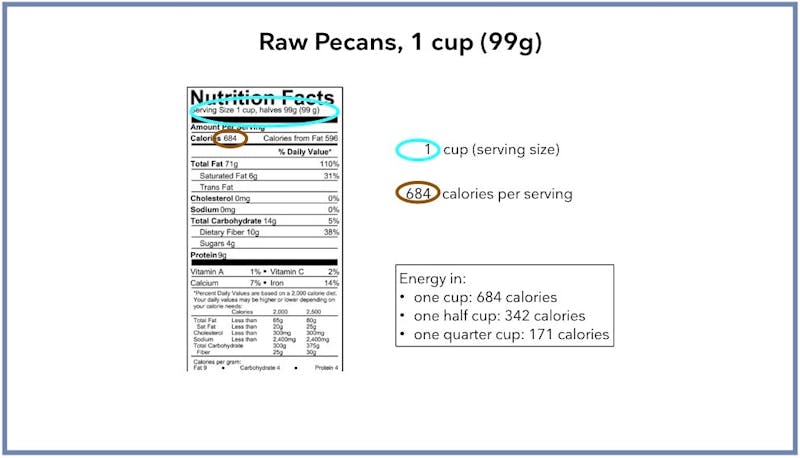


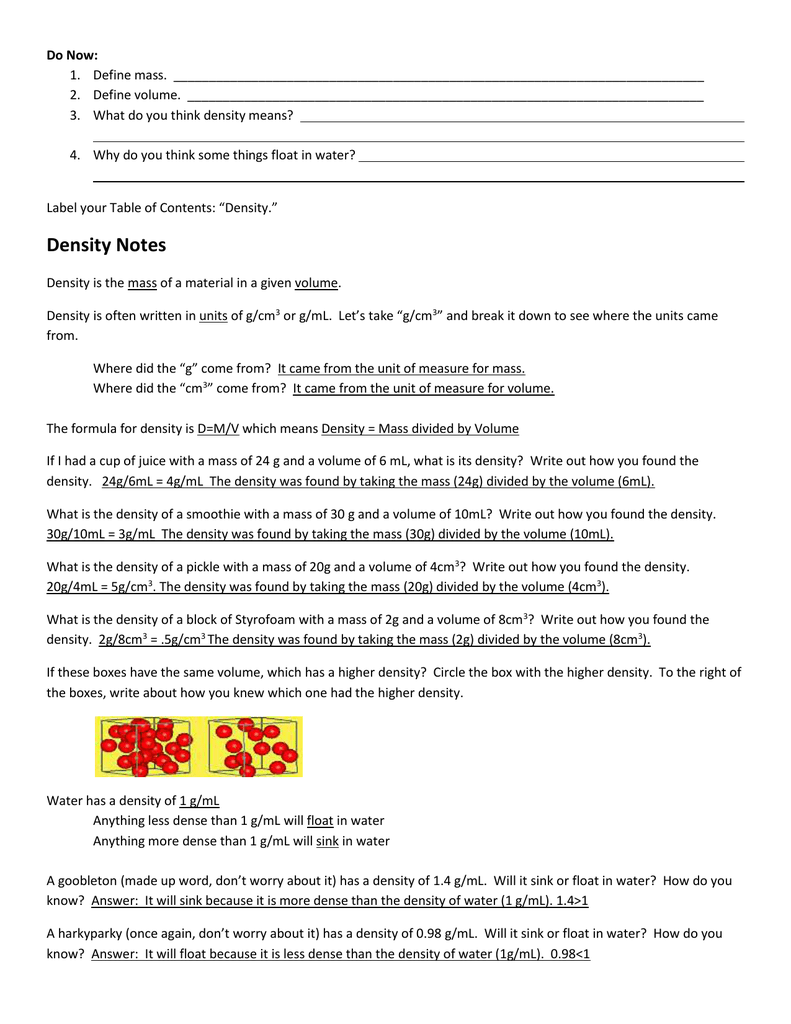


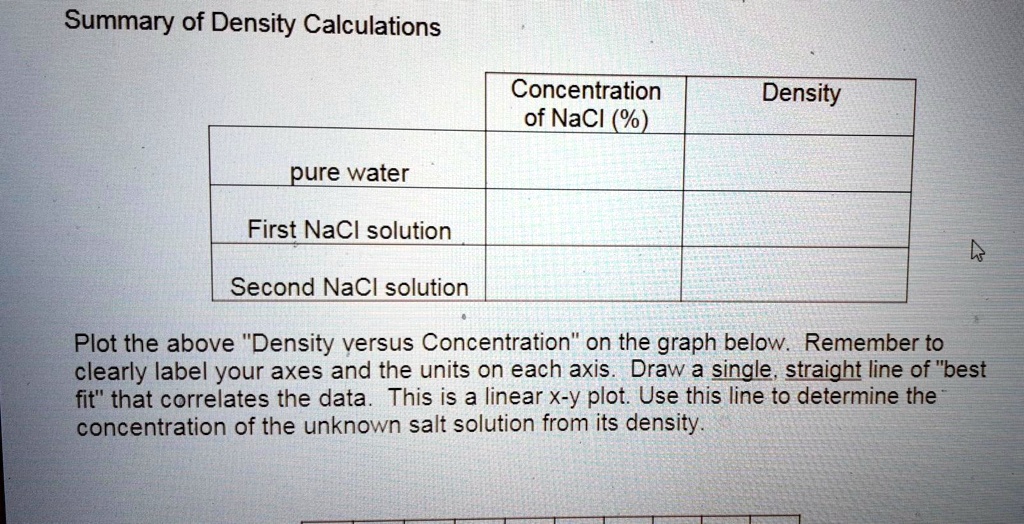

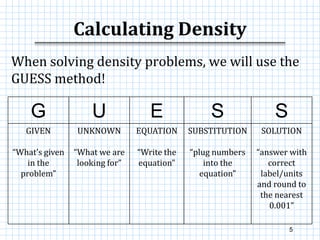

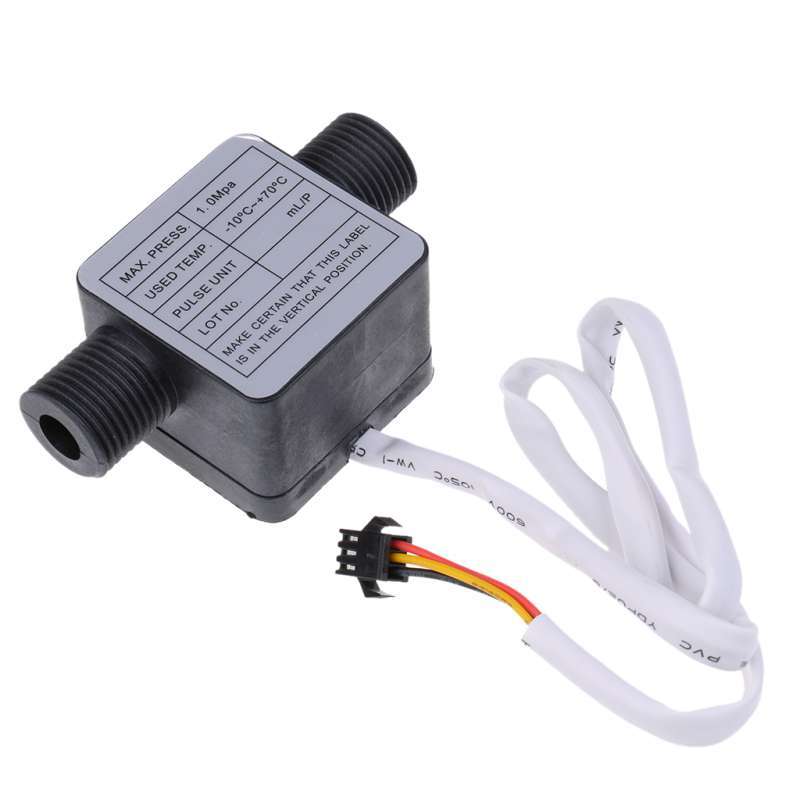

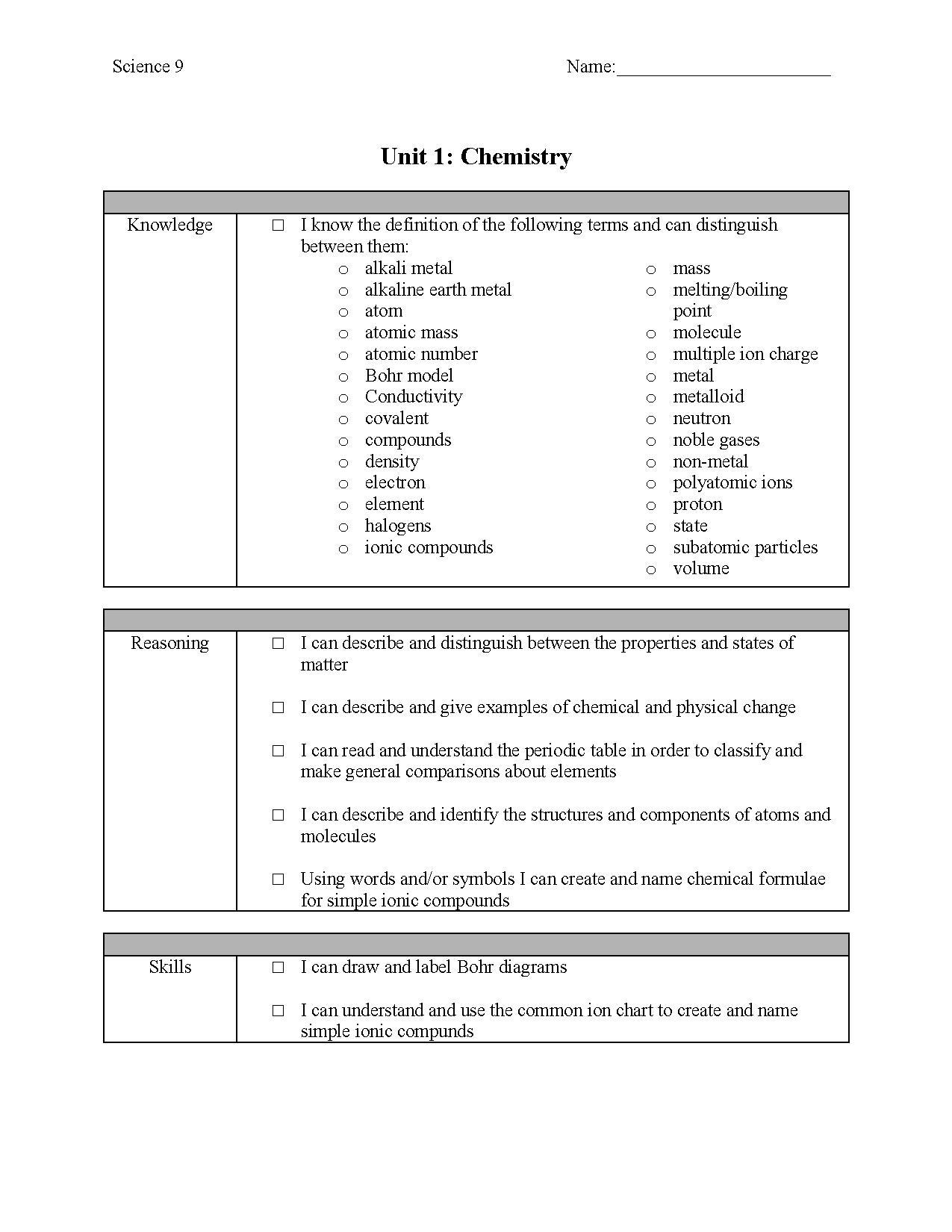

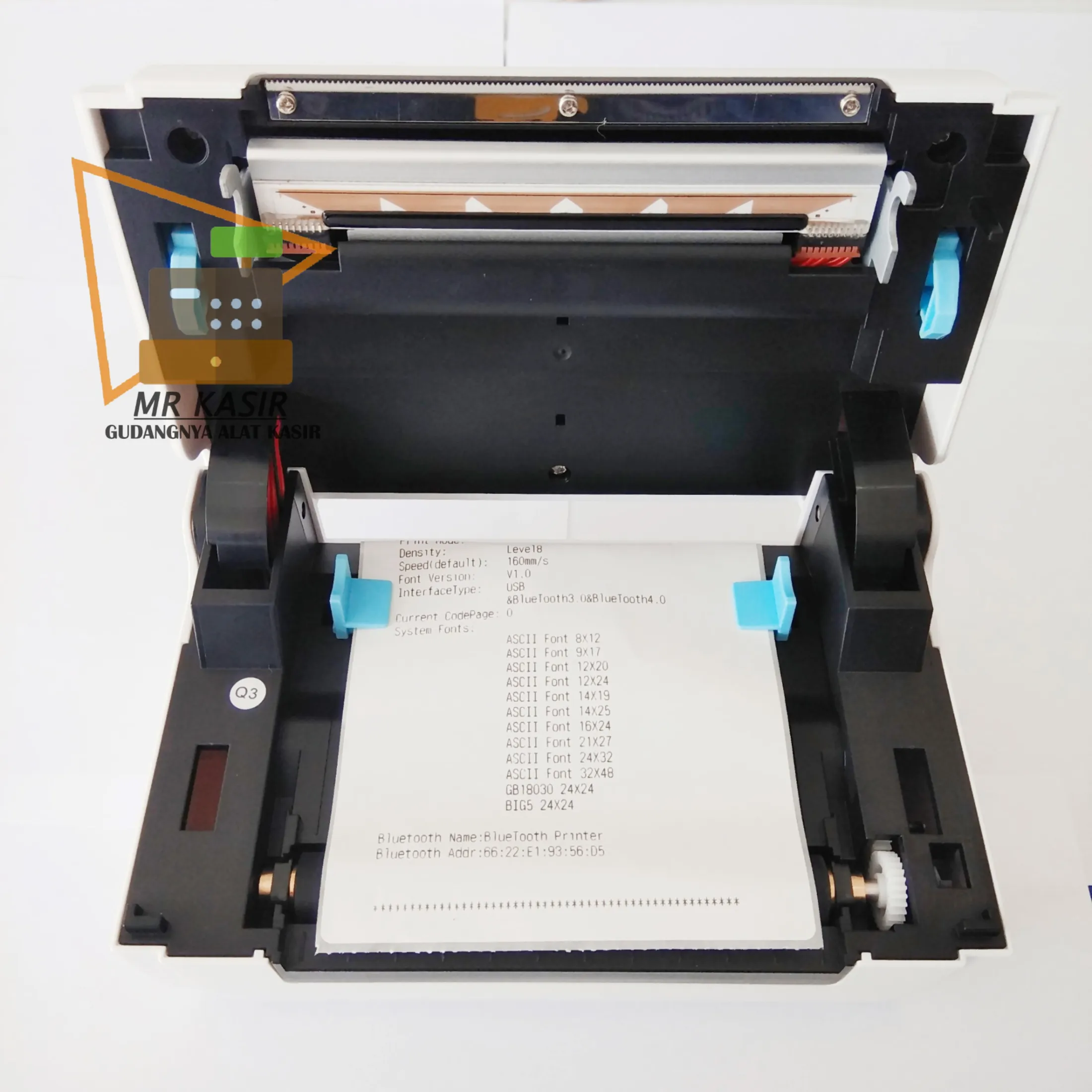


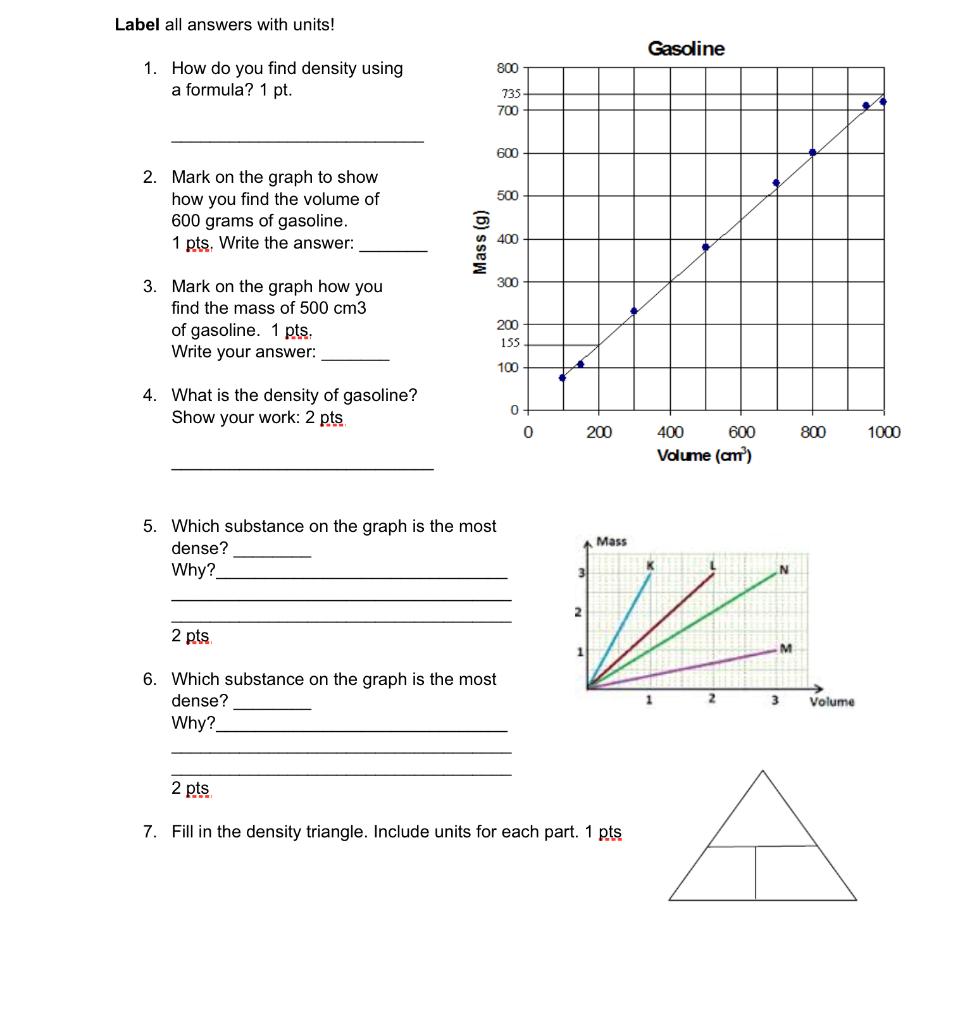
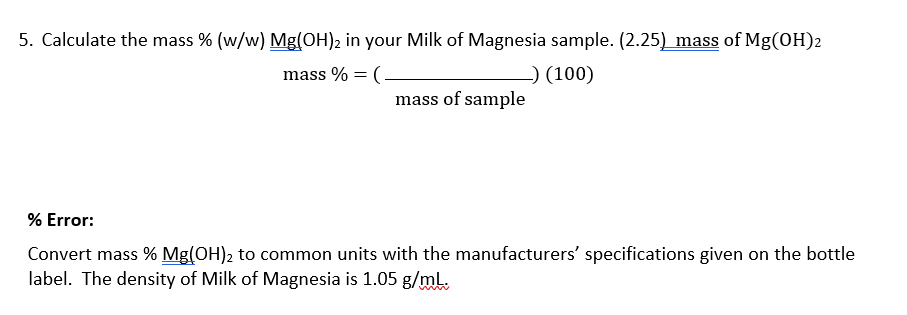

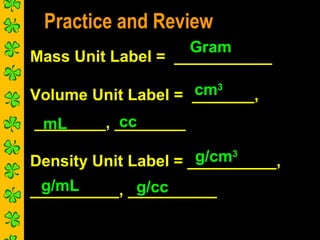



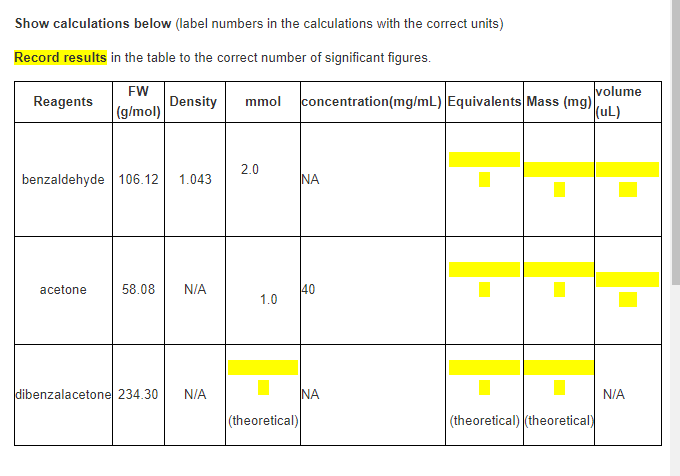

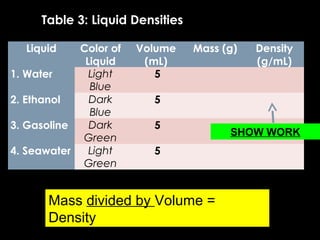

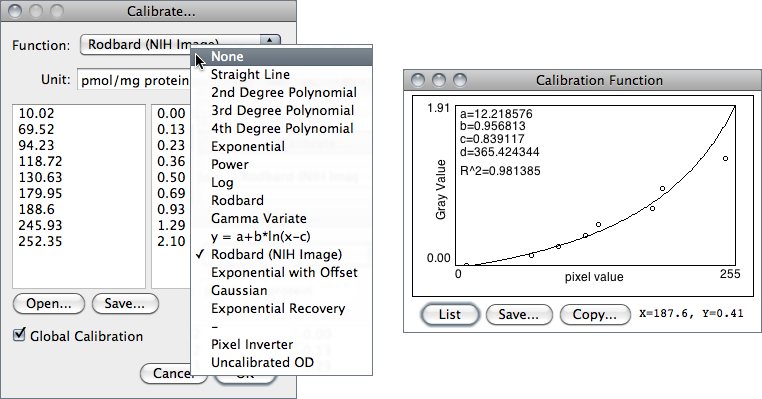
Post a Comment for "43 density labels units"